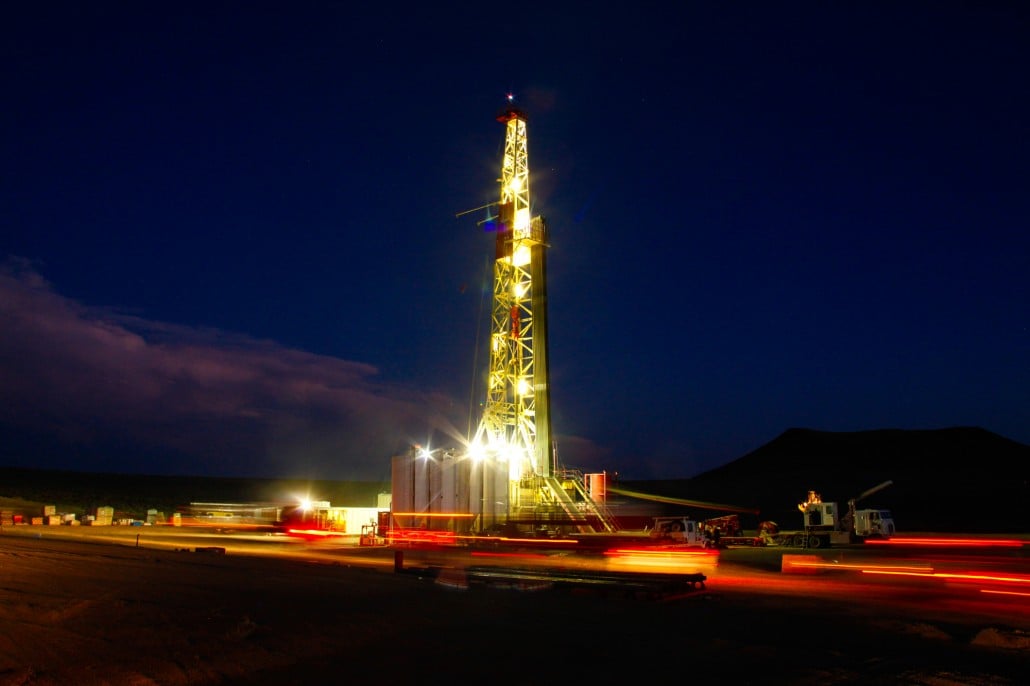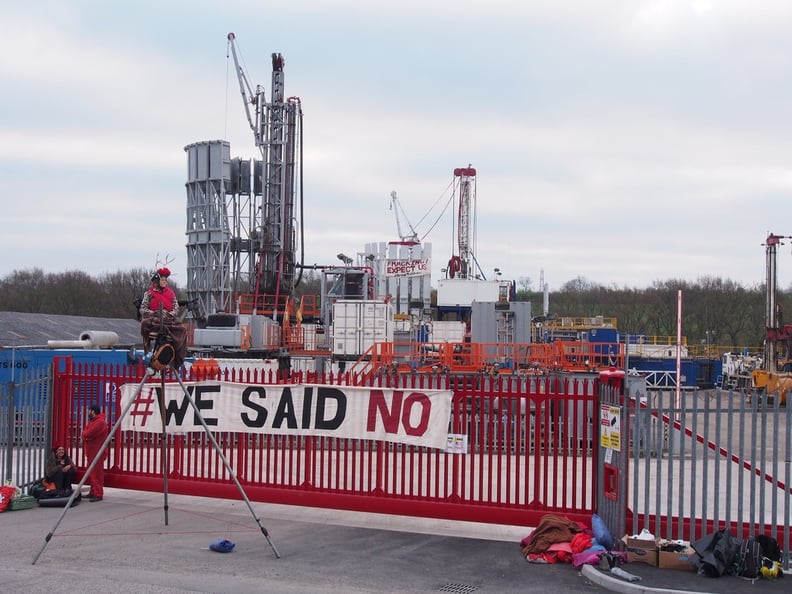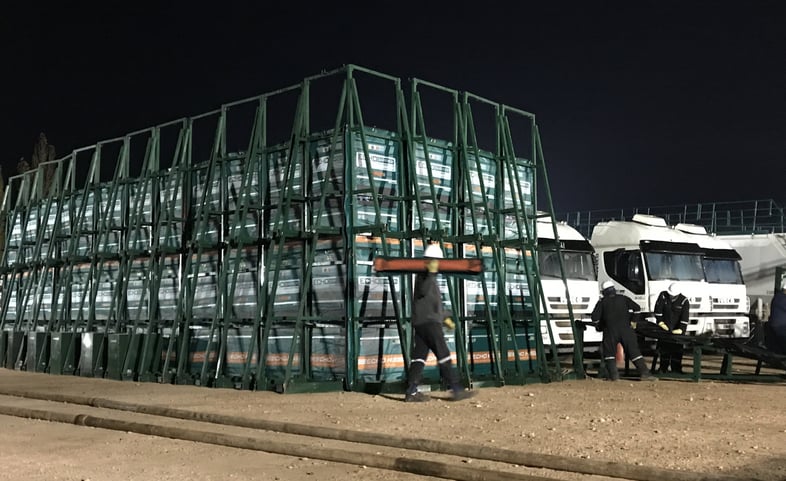
Hydraulic fracturing can be a noisy venture, but what is it exactly that causes such a din, and what can be done to prevent it from hindering fracking efforts?
Over last several years, the fracking industry has seen a huge boom. While this means that the production of natural gas is increasing, both contractors and local communities are under pressure to compromise.
Residents of townships near fracking sites are conscious of the health risks brought about by proximity to this kind of activity, and in turn, contractors are compelled to look for ways to mitigate all risk associated with fracking procedures to not only appease the general public, but also satisfy legislation, and generally make their efforts to avert those risks widely known.

One of these risks is noise exposure, which is known to interrupt sleep, create anxiety, and even exacerbate mental problems like dementia. Long-term exposure to environmental noise has been linked to complications in child development, depression, and even heart disease.
Contractors need to be able to demonstrate to residents that these risks are being mitigated. As such, temporary noise control like Echo Barrier is critical to achieving a trouble-free outcome, avoiding complaints against fracking.
What causes noise in fracking?
The production of oil and gas can create a large number of pervasive sounds, ranging from low, periodic booms to high-pitched whines, throughout various phases in the fracking process:
-
Initial well construction
The early stages of hydraulic fracturing involve building the well to prepare it for drilling. This process takes 2-3 weeks, during which noise is caused by both the construction activity and the movement of vehicles and equipments to and from the site.
-
Drilling
Aside from the constant activity around fracking sites, there is also generally a lot of drilling noise that can affect nearby residents.
The drilling phase is the most sensitive period in dealing with noise in fracking, with drilling usually lasting about 30 days, running for 24 hours a day. It is during this period that there is a much greater risk of complaints arising from noise disturbance.
-
Compressors
After capping the well, the gas is left to be drawn from the pipeline by a series of large compressors. These can be left in place for years while the resource is extracted, and is an ongoing source of noise. This can be managed by erecting temporary enclosures around the compressors, eliminating the impact on nearby residents.
 |
| Fracking operations in harsh South American conditions. |
Echo Barrier is a product designed to assist contractors and businesses fulfil their duty of care to the general public in reducing the risk of noise involved in sensitive industrial practices like fracking.
Echo Barrier has been used on fracking sites in Europe, South and North America.

